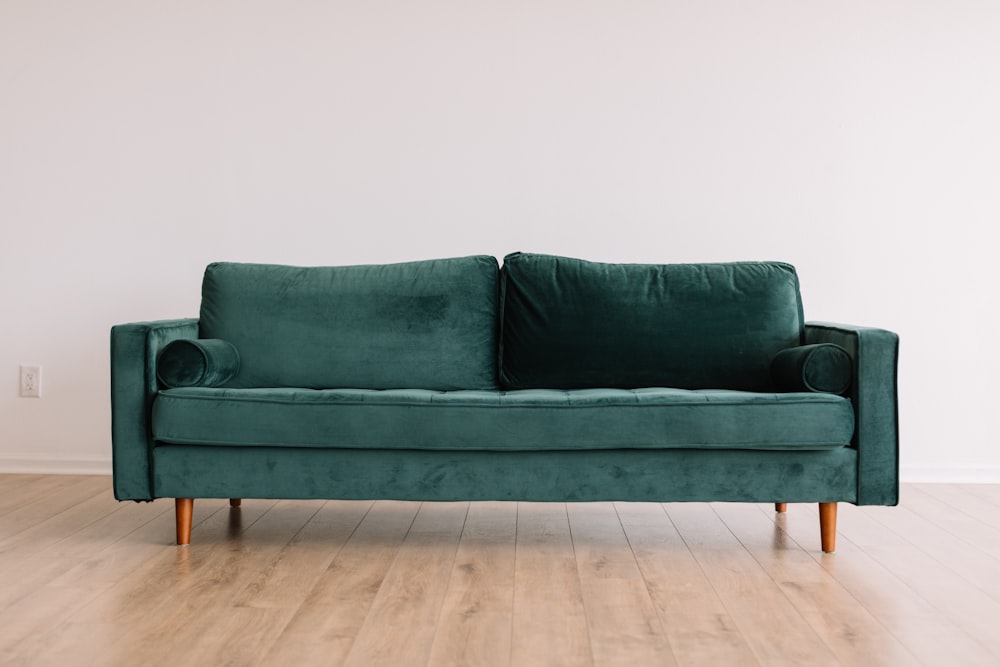Introduction
Architectural drafting is a meticulous process that demands precision and attention to detail. At the heart of this discipline lie the essential tools that enable architects to translate their creative visions into tangible blueprints and designs. In this article, we delve into the arsenal of tools required for precision architectural drafting, exploring their functionalities and significance in the architectural workflow.
Drawing Instruments: The Foundation of Precision
The cornerstone of architectural drafting, drawing instruments lay the foundation for accurate and detailed drawings. From traditional tools like T-squares, triangles, and scales to modern advancements such as parallel rulers and drafting machines, these instruments provide architects with the means to create straight lines, perfect angles, and consistent measurements. Each tool serves a specific purpose, contributing to the overall precision and clarity of architectural drafts.
Computer-Aided Design (CAD) Software: Revolutionizing the Drafting Process
In the digital age, CAD software has revolutionized the architectural drafting process, offering architects a powerful set of tools for creating, editing, and analyzing designs with unparalleled accuracy and efficiency. CAD platforms like AutoCAD, Revit, and SketchUp enable architects to draft complex structures, generate 3D models, and simulate real-world conditions, streamlining the design iteration process and facilitating collaboration among project stakeholders.
Measuring Devices: Ensuring Accuracy in Dimensioning
Accurate dimensioning is crucial in architectural drafting, as it dictates the scale and proportions of a building or structure. Measuring devices such as tape measures, rulers, and calipers allow architects to precisely determine lengths, widths, and heights, ensuring that their drawings adhere to the specified dimensions and meet regulatory standards. Additionally, laser measuring tools provide a quick and reliable method for capturing precise measurements in large-scale projects or challenging environments.
Drafting Boards and Tables: Creating a Stable Work Surface
A stable work surface is essential for maintaining consistency and precision in architectural drafting. Drafting boards and tables provide architects with a flat, level platform on which to execute their designs, minimizing distortion and ensuring accurate representation of scale. Adjustable drafting tables allow architects to customize their working positions for optimal comfort and ergonomics, reducing fatigue during extended drafting sessions.
Pens, Pencils, and Markers: Tools of Expression
Pens, pencils, and markers serve as the primary instruments for sketching and annotating architectural drawings. Architects rely on these tools to convey their ideas, delineate details, and add clarity to their designs. Different line weights and styles can be used to differentiate between elements, highlight important features, and communicate hierarchy within the drawing. By mastering the art of linework, architects can imbue their drafts with depth, texture, and visual appeal.
Templates and Stencils: Streamlining Repetitive Tasks
Templates and stencils are invaluable assets in architectural drafting, enabling architects to streamline repetitive tasks and maintain consistency across drawings. Commonly used symbols, shapes, and patterns can be pre-drawn on transparent or translucent sheets, allowing architects to quickly reproduce elements such as doors, windows, and furniture. By incorporating templates and stencils into their workflow, architects can save time and ensure accuracy in their drafts.
Erasers and Correction Tools: Correcting Mistakes with Precision
Even the most skilled architects make mistakes, but with the right erasers and correction tools, errors can be rectified with precision and ease. Erasers come in various forms, including kneaded erasers for lifting graphite and ink, vinyl erasers for removing pencil marks without smudging, and electric erasers for erasing ink and colored pencil. Correction pens and tapes provide a clean and precise method for covering up mistakes and making revisions without compromising the integrity of the drawing.
Conclusion
Precision architectural drafting requires a combination of skill, knowledge, and the right tools. By harnessing the power of drawing instruments, CAD software, measuring devices, drafting boards, pens, pencils, templates, and correction tools, architects can create precise and detailed drawings that serve as the blueprint for remarkable architectural achievements. Read more about architectural drafting





